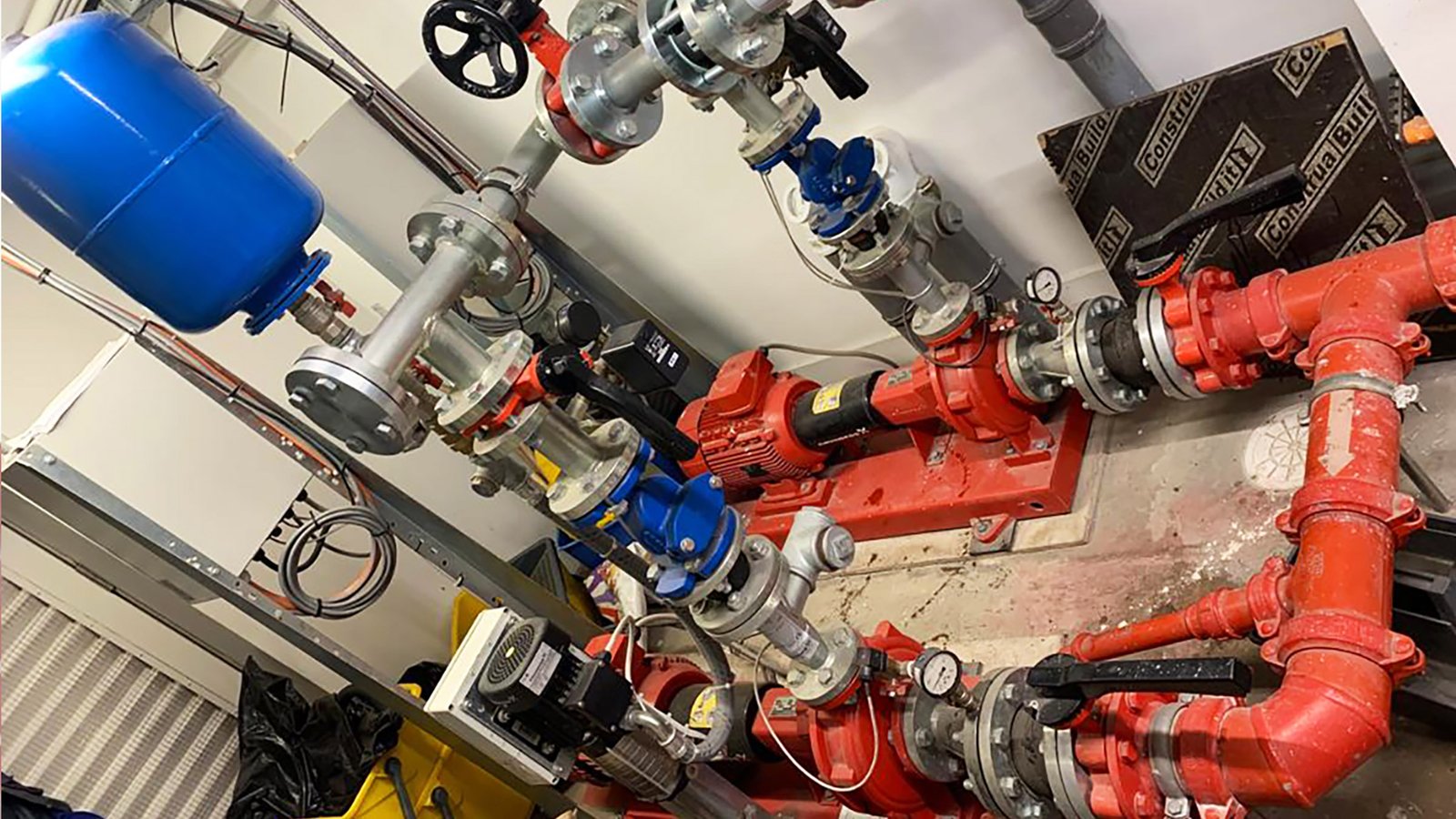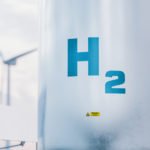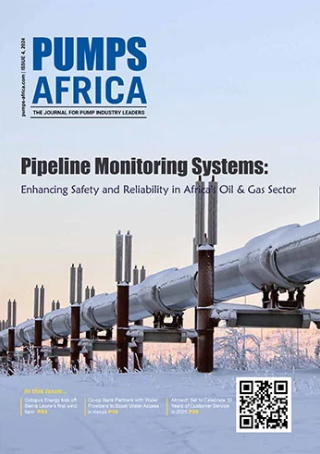Installing fire protection systems in buildings should not be a tick-box exercise in compliance, but should rather be based on quality equipment and systems that meet or exceed global standards.
This is according to Mark Muller, sales engineer commercial building services (CBS) South Africa at Grundfos, who says these are the principles behind its Hydro EN fire pump systems. Muller notes that there is a growing requirement by South African customers for fire systems that align with the European EN 12845 standard.
“We have seen local markets – as well as regions such as Asia and the Middle East – moving towards this standard,” he says. “This is where the Hydro EN gains one of its key advantages, as consulting engineers, insurers and users can rest assured of its performance and reliability.”
The offering comes in nine different variants including a single-pump, double-pump, diesel, electric, and a combination of diesel and electric power. The motors are sized to be non-overloading, providing the power required by the pump to the corresponding 16 m NPSHr value.
With Grundfos NKF pumps known for their stable performance curve, the Hydro EN has been designed to meet the needs of both installer and end-user, he says. Among the benefits is its modular set-up and the design criteria, such as using a water heat exchanger to cool the diesel engines, making it easier to design the technical room.
READ: Grundfos raises the bar for wastewater treatment
“All our diesel-driven pumps are fully equipped and include a fuel tank for six hours of full-speed operation, as well as a leak tray to prevent any environmental contamination,” he says. “All systems are factory tested in our ISO 9001-certified assembly plant in South Africa, and the test report is always included in the scope of supply.”
As a plug-and-play solution, the Grundfos Hydro EN is offered standard with building management system (BMS) integration through MODBUS. This allows remote monitoring of all the system alarm and controller parameters such as fuel levels, oil pressure and revolutions per minute.
“It is also important for operators to have reliable feedback from the unit to know if, and when, it is running,” he says. “An electrical contactor can give a run signal, but to guard against a fault we provide a double-signal system of a contactor as well as a dedicated pressure switch on the discharge side.”
Muller highlights the convenience of Grundfos as a ‘one stop shop’ for this firefighting solution, as the pumping system comes complete with pump, controls and pipes all designed according to EN12845, as well as the necessary fittings and valves.
There are also various kits and accessories available, and clear support documentation to facilitate the customer’s daily tasks – from drafting the specification to installing and maintaining the system.







